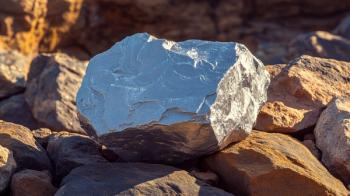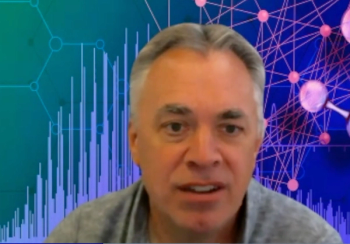
- Spectroscopy-02-01-2009
- Volume 24
- Issue 2
Market Profile: IMS x MS
Mass spectrometry (MS) is a broadly used analytical technique that is often combined with some form of chromatography to provide a second dimension of separation. However, vendors recently have begun incorporating ion mobility separation (IMS) into high-end LC–MS instruments, thus providing an additional level of ion separation.
Mass spectrometry (MS) is a broadly used analytical technique that is often combined with some form of chromatography to provide a second dimension of separation. However, vendors recently have begun incorporating ion mobility separation (IMS) into high-end LC–MS instruments, thus providing an additional level of ion separation.
In mass spectrometry, analyte ions are separated based upon their mass-to-charge ratio. IMS, in contrast, separates ions based upon their effective size. While IMS is generally considered a poor-man's mass spectrometer, combining the two techniques into a single system provides complementary dimensions of separation, which is proving to be very useful for very dirty and complex samples. This has made IMS × MS very popular in biotechnology laboratories, as well as related CRO, academic, and government laboratories.
Ion mobility technology thus far has been incorporated as a filtering device on some Thermo Scientific triple quadrupole LC–MS systems, and as an actual separation device on Waters' high-end Q-TOF LC–MS systems. The technique is also being incorporated into some portable mass spectrometers for security applications. SDi estimates the combined market for the technique, which includes initial systems equipped with the technology, and aftermarket and service for system upgrades, to be around $40 million, and growing at a solid double-digit annual rate.
The foregoing data were based upon SDi's market analysis and perspectives report entitled Mass Spectrometry, February 2008. For more information, contact Stuart Press, Vice President – Strategic Analysis, Strategic Directions International, Inc., 6242 Westchester Parkway, Suite 100, Los Angeles, CA 90045, (310) 641-4982, fax: (310) 641-8851,
Articles in this issue
almost 17 years ago
From the Editoralmost 17 years ago
Raman Spectroscopy of Carbon — More Information Than You Would Thinkalmost 17 years ago
SPIE Defense, Security, and Sensing 2009almost 17 years ago
Productsalmost 17 years ago
Forensic Application of Near-Infrared Spectroscopy: Aging of BloodstainsNewsletter
Get essential updates on the latest spectroscopy technologies, regulatory standards, and best practices—subscribe today to Spectroscopy.



